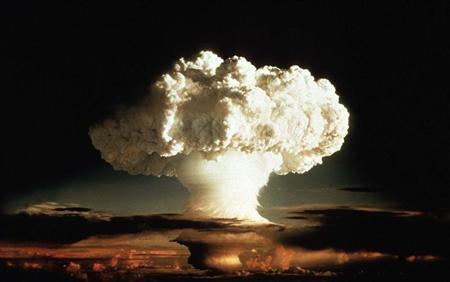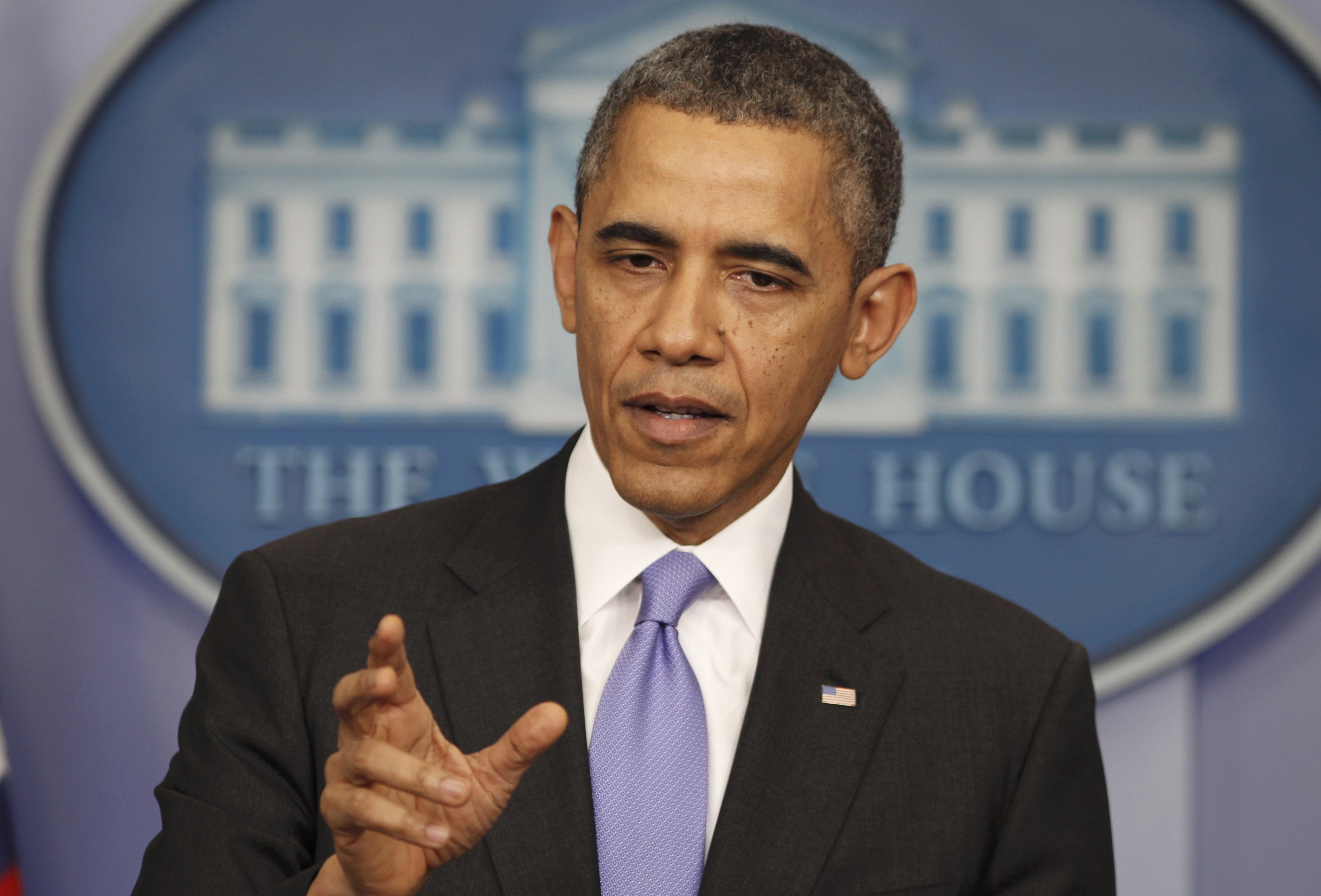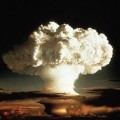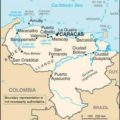NATO is warning that the West should consider the potential danger of an attack by terrorist using weapons of mass destruction.
The organization is not being overly cautious. An Economist study notes that “24 states still have 1kg or more of weapons-usable nuclear materials, and nearly 2,000 tonnes of weapons-usable nuclear materials (1,400 of Highly Enriched Uranium (HEU), 500 of plutonium) remain stored around the world, much of it still vulnerable to theft… A terrorist group would not need much fissile material to make a nuclear bomb–about enough HEU to fill a 2kg bag of sugar.”
A National Interest examination warns “As North Korea’s economic position worsens, the risk that it sells its nuclear weapons technology grows… Over the years North Korea has created a web of foreign connections to peddle its missiles and components. As talks on denuclearization remain non-existent and foreign sanctions against the regime tighten, there are startling concerns that a cash-strapped Pyongyang may resort to dealing with its finances through the black-market with terrorist groups or organized crime syndicates.”
Iran, too, must be taken into consideration. While it has not yet constructed an actual nuclear bomb, its’ possession of nuclear materials, as well as its intimate ties with (and support for) terrorist organizations is disturbing. A Brookings review details how “Iran’s leaders have used terrorism since they took power in 1979. Over 35 years later, Iran continues to use terrorism and to work with an array of violent substate groups that use terrorism among other tactics.”
According to NATO, “There is a very real – but not yet fully identified risk – of foreign fighters in ISIL’s ranks using chemical, biological, radiological or nuclear (CBRN) materials as “weapons of terror” against the West… Hundreds of foreign fighters, some with solid academic and educational backgrounds and intellectual knowledge, have joined the cause and continue to do so every day. Furthermore ISIL’s success is based on an effective media strategy of looking at the utmost possible “news effect” of their attacks. Together with their access to high levels of funding, these three elements bear the real risk of the group turning into practice what up to now has been largely a theoretical possibility: to actually employ weapons of mass destruction or CBRN material in terrorist attacks.
 “We might thus soon enter a stage of chemical, biological, radiological or nuclear (CBRN) terrorism, never before imaginable. Worrying reports confirm that ISIL has gained (at least temporarily) access to former chemical weapons storage sites in Iraq. They might soon do so in Libya. They allegedly used toxic chemicals in the fighting around Kobane. Even more worrying, there are press reports about nuclear material from Iraqi scientific institutes having been seized by ISIL. This demonstrates that while no full scale plots have been unveiled so far, our governments need to be on alert. Generating improved military and civil prevention and response capabilities should be a high priority and should not fall victim to limited budgets in times of economic crisis…
“We might thus soon enter a stage of chemical, biological, radiological or nuclear (CBRN) terrorism, never before imaginable. Worrying reports confirm that ISIL has gained (at least temporarily) access to former chemical weapons storage sites in Iraq. They might soon do so in Libya. They allegedly used toxic chemicals in the fighting around Kobane. Even more worrying, there are press reports about nuclear material from Iraqi scientific institutes having been seized by ISIL. This demonstrates that while no full scale plots have been unveiled so far, our governments need to be on alert. Generating improved military and civil prevention and response capabilities should be a high priority and should not fall victim to limited budgets in times of economic crisis…
“Most of the declared chemical weapons (CW) material has been removed from Syria in the past few months and destroyed. However, there are indications that some material still remains in the country and is potentially accessible to ISIL. In addition, the Organisation for the Prohibition of Chemical Weapons (OPCW) suggested that chemical material not qualifying as CW and not subject to being declared under the CW convention, such as chlorine, has actually been used by the Assad regime in the fight against the Syrian opposition. Some press reports indicate that ISIL might have done the same. Even more worrying, ISIL actually controlled the so-called Al Muthanna site in Iraq for some months during 2014. At this site, according to UN reports, bunkers from the past Iraqi CW programme contained “2,000 empty artillery shells contaminated with mustard agents, 605 one tonne mustard containers with residues and heavily contaminated construction material.”
Frank Vernuccio serves as editor-in-chief of the New York Analysis of Policy and Government at usagovpolicy.com.



















Follow Us